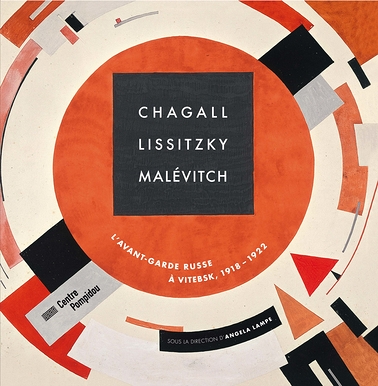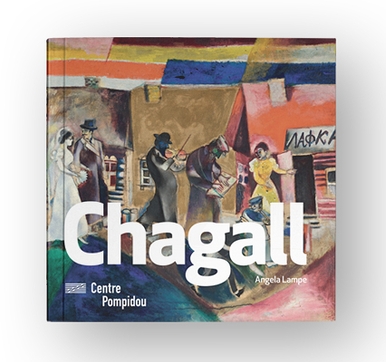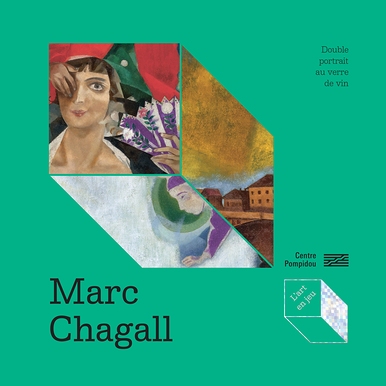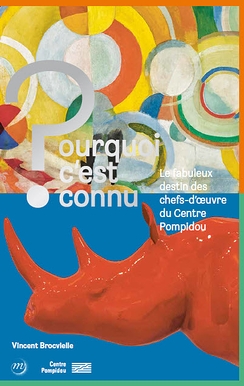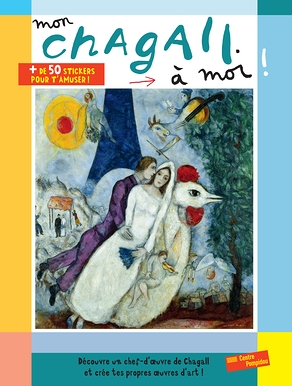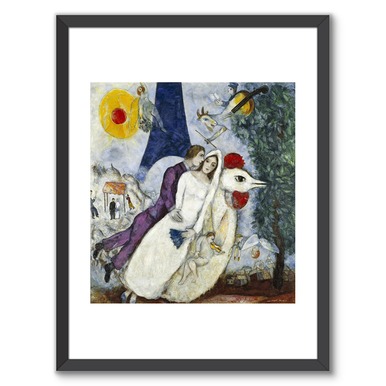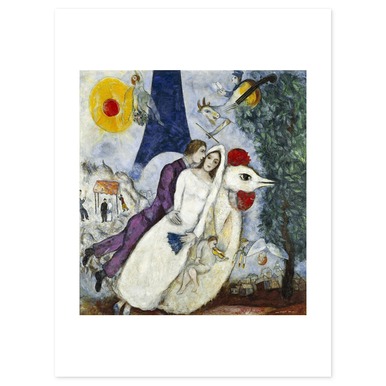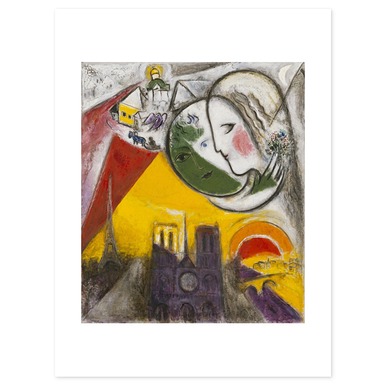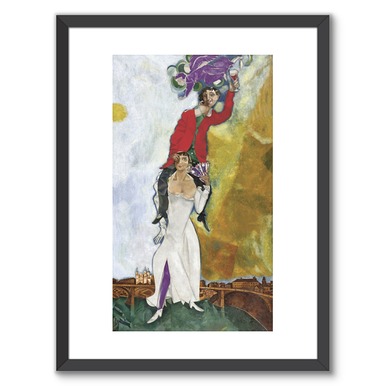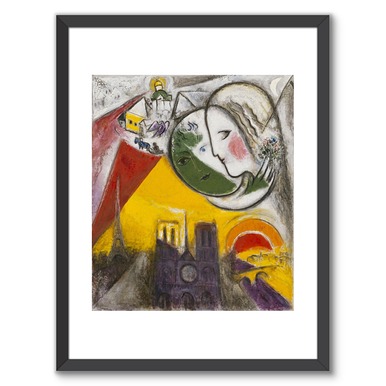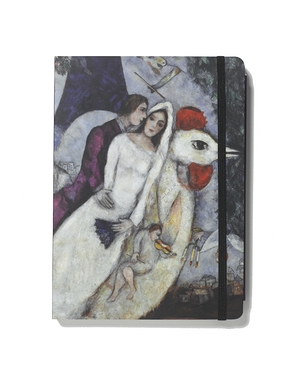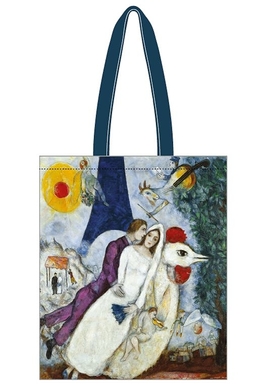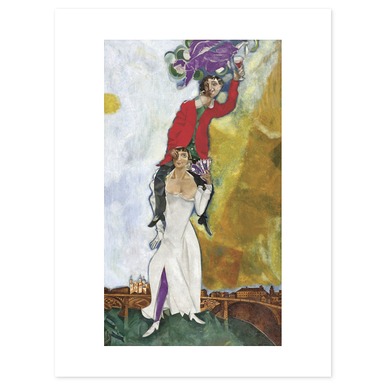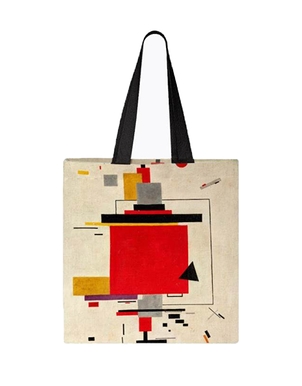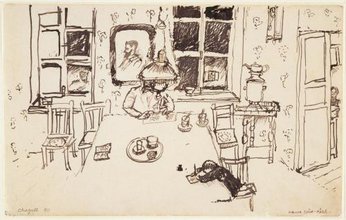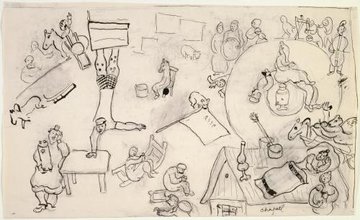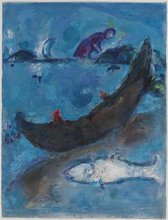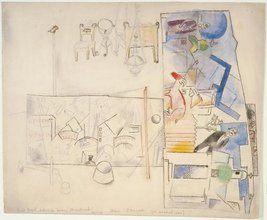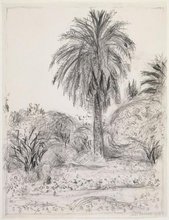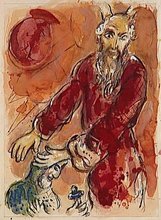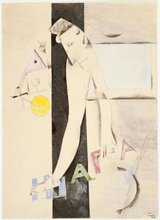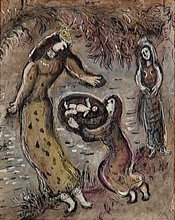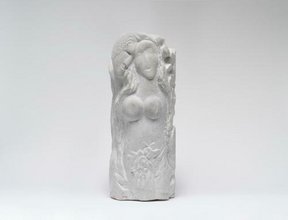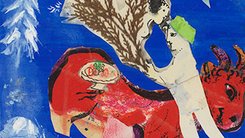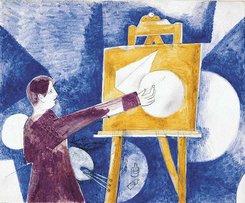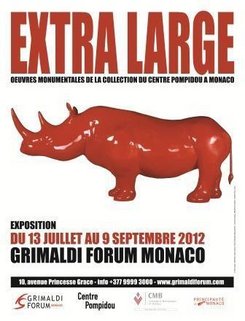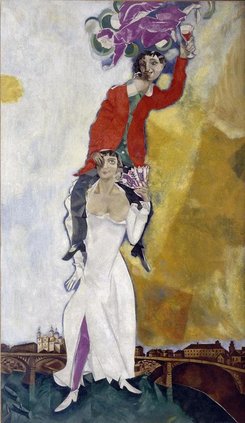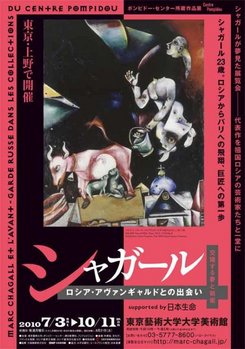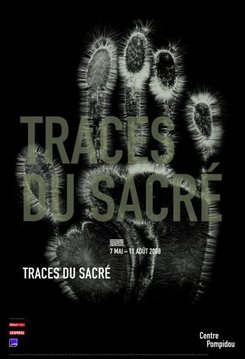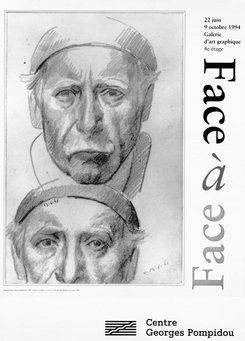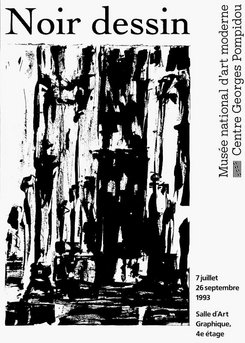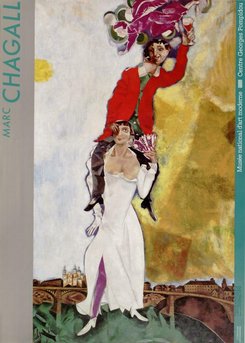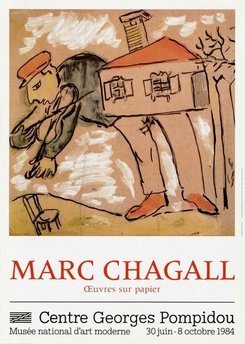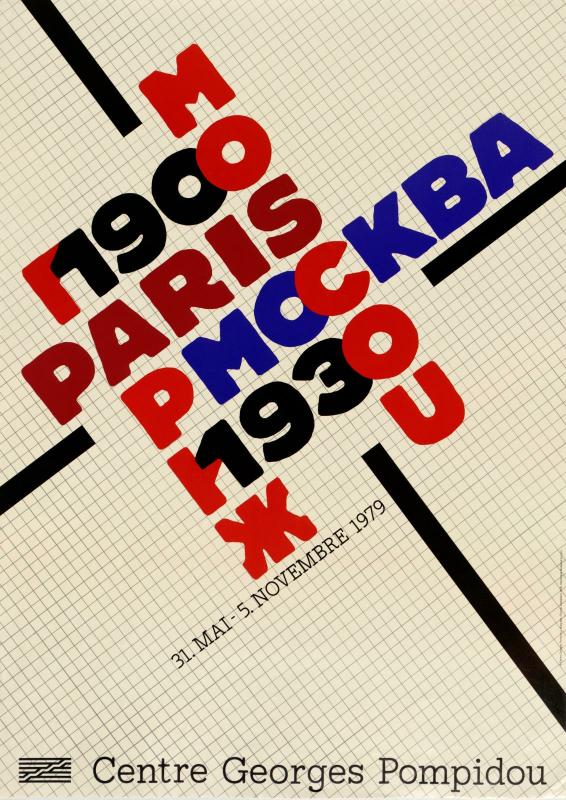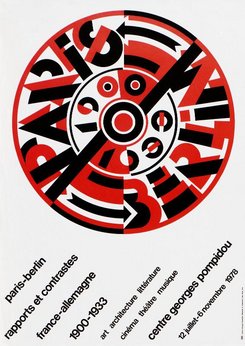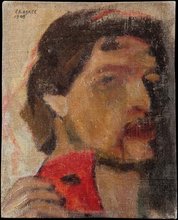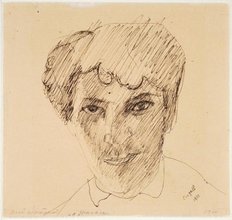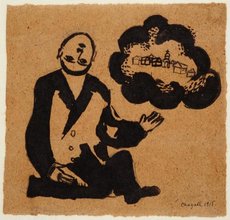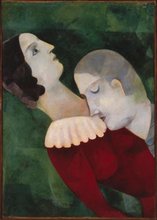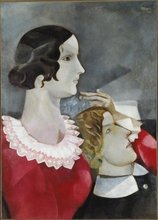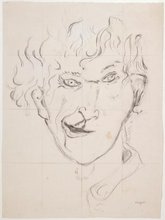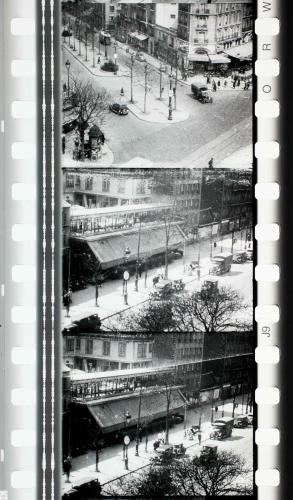Artist/personality
Marc Chagall
Peintre, Dessinateur, Illustrateur, Sculpteur, Céramiste, Lithographe

Marc Chagall
Peintre, Dessinateur, Illustrateur, Sculpteur, Céramiste, Lithographe
Nationalité française (russe à la naissance)
Birth: 1887, Vitebsk (Biélorussie, Empire Russe)
Death: 1985, Saint-Paul-de-Vence (Alpes-Maritimes, France)
© Adagp, Paris
Biography
Born in 1887 to a modest family in the former Russian Empire, Marc Chagall was in no way destined to become a major artist of modernity. In 1925, he achieved his dream of moving to Paris. He became one of the members of the Paris School and actively participated in the avant-garde movements that would reinvent painting. His freedom in colour use, formal audacity, and the way in which he brought together traditional Jewish and Catholic cultures in his paintings, with modern and intimate motifs, make him an uncategorisable and changing artist. He traversed the 20th century, its wars and its revolutions as an artist without roots, reinforcing the dreamlike poetry of his art through each and every exile, a veritable ode to love and hope.
Chagall was born near Vitebsk to herring merchants, the eldest of nine children. Though Jews were not allowed to study at the Academy under the repressive laws of the Russian Empire, Chagall discovered painting in Yudel Pen’s studio, then obtained a dispensation to study in Saint Petersburg, where he worked as a set designer for the Ballets Russes. It was in Paris, from 1911 onwards, that his painting acquired some of his characteristic traits through contact with the Cubists and Fauves: colours, deconstructed forms and modern treatment of his subjects. While refining his gaze as an autodidact at the Louvre, by copying works by old masters, he met avant-garde artists such as Pablo Picasso, Robert Delaunay, Fernand Léger and Amedeo Modigliani, and exhibited with them at the Salon des Indépendants from 1912 onwards.
He returned to his home country in 1914 and was forced to stay longer than planned due to the war. There, he married Bella, the love of his youth, with whom he had a daughter, Ida, in 1916. Bella and Ida became regular models in his paintings, such as Double portrait au verre de vin (Double Portrait with Wine Glass, 1917-1918). This was also the period in which he participated in the progressive adventure of the Vitebsk School, alongside avant-garde Russian artists like Kazimir Malevich and El Lissitzky, following the Russian Revolution. However, his figurative painting was soon met with incomprehension from Suprematist artists and the Bolshevik authorities. In 1920, he left Vitebsk for Moscow, where he worked on the sets for the Jewish Theatre. He then went to Berlin, followed by Paris where he settled in 1923 with his family, thanks to art dealer Ambroise Vollard.
Deemed a "degenerate artist" by the Nazis in 1935, he obtained French nationality but was eventually forced to seek exile in the United States in 1941 when France was occupied. His daughter Ida managed to have all his works transported from his studio to New York. The theme of crucifixion, symbol of suffering for the Jews persecuted by Nazi Germany, traversed his artistic production, as shown by Obsession (1943). In 1944, while peace was inching nearer, Bella suddenly passed away. The artist celebrated his wife in countless paintings, such as the majestic portrait, Bella au col blanc (Bella with White Collar, 1917).
For 20 years, Chagall accepted many commissions, both public and private. One example is the ceiling of the Opéra Garnier, which he created in 1964 at the request of André Malraux, the Minister for Cultural Affairs at the time, and which earned him heavy criticism. He died in Saint-Paul-de-Vence, in the South of France, where he moved after the war.
Medias
Events
Artistic collaborations
In the store
